With more than a billion people under lockdown and international flights grounded to a halt, the threats of the COVID-19 pandemic forced us all to undertake measures such as social distancing in an effort to flatten the curve. As the number of cases continues to rise, people on social media are thinking more and more about what they are going to do once the crisis is over.
We decided to help you with a list of our own on the destinations that should be on your bucket list once the pandemic is contained. So without further delay, here are our top 10 picks for destinations you must travel to once the quarantine is lifted.
Wadi Rum, Jordan
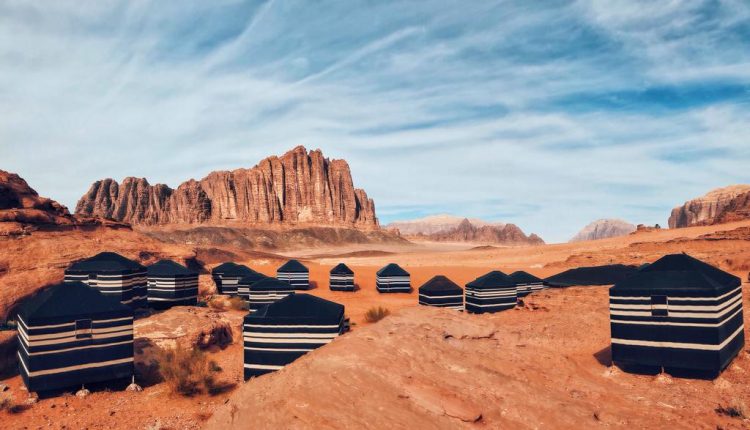
Situated east of Aqaba, Jordan’s largest valley, Wadi Rum, or ‘the Valley of the Moon’, is one of Jordan’s most scenic landscapes. The geological formation is made of cuts in sandstones and granite rocks. Over its history, the region used to be a melting pot of cultures from the Nabateans to the Romans. Today, the region is a hikes’ favorite in Jordan.
Al-Ula, Saudi Arabia
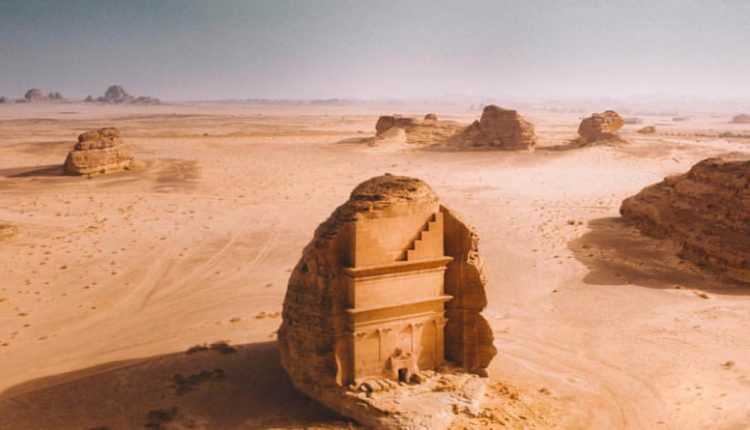
A city as old as time itself, Al-Ula, north of the Arabian Peninsula, is a meeting point of different, ancient civilizations, an archaeological hot spot. Some scholars even go further, considering it ‘the archaeological jewel of the Kingdom’; it is perhaps one of the lesser-known destinations of Saudi Arabia that shows its historical depth. The government has recently decided to revamp the area and show the heritage of the Kingdom to the world.
Amadiya, Iraq

Located atop a flattened summit of a mountain, Amadiya is an Iraqi Kurdistan village that is home to 5,000 years of history. From the Assyrians to the Persians, numerous civilizations came and went leaving their mark on Amadiya.
Esfahan, Iran

With some of the most beautifully-designed mosques in all of the Muslim World, Esfahan is one of Iran’s most heritage-rich cities. Centuries ago, the historical city used to be an intellectual hub comparable to Athens, Alexandria, and Baghdad hosting poets, scholars, and philosophers.
Baalbek, Lebanon
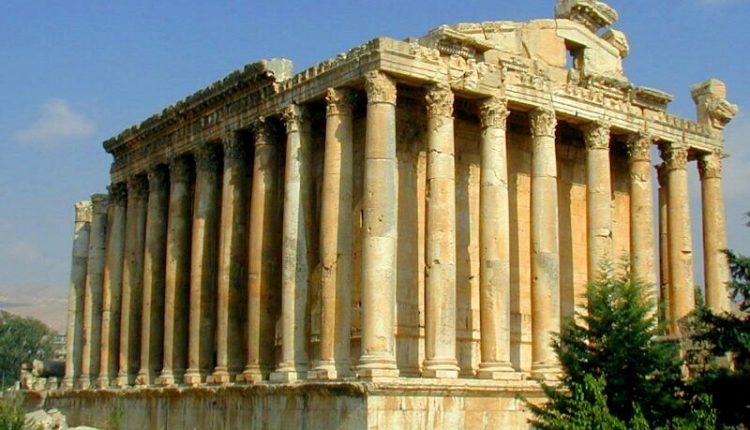
Built by the engineers of the Roman Empire thousands of years ago, the ruins of Baalbek are among the most preserved Roman heritage sites in the world. It is one of the less-trodden destinations in Lebanon that should be on the bucket list of all those thinking about visiting the Levant country.
Al-Balad, Saudi Arabia
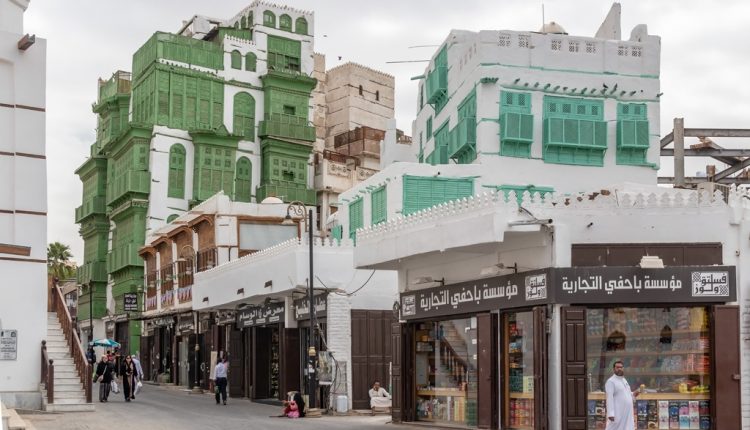
The old city of Jeddah, locally known as ‘Al-Balad’, was first established around 1,300 years ago as a gateway to Mecca to those coming to the Arabian Peninsula via sea. The UNESCO World Heritage Site holds some of the oldest structures in all of the Kingdom of Saudi Arabia. Al-Balad is well-known for its colorful buildings and vibrant facades.
Liwa Oasis, United Arab Emirates
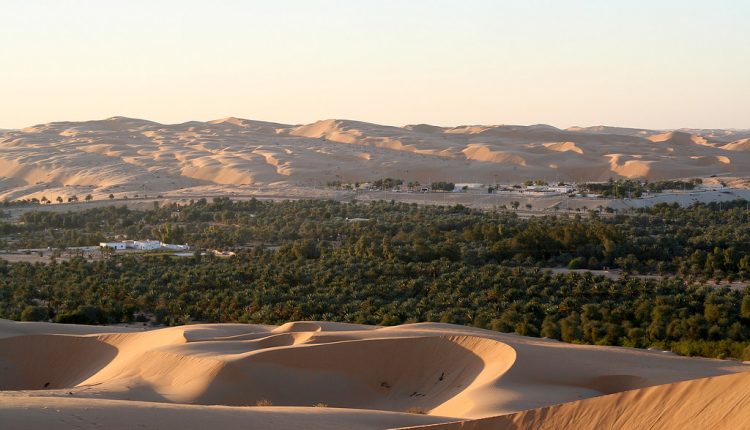
The empty quarter of Abu Dhabi is one of the few places in the UAE where nature dominates. Liwa Oasis is an insanely-long drive, but the experience you are going to have there is definitely worth it.
Musandam, Oman

With azure-blue waters, awe-inspiring fjords, and scenic cliffs, Musandam is often called Norway of the Middle East. These pristine beaches remain virtually untouched by humanity. Tourists often rent traditional boats and sail around the fjords to absorb wildlife.
Asilah, Morocco
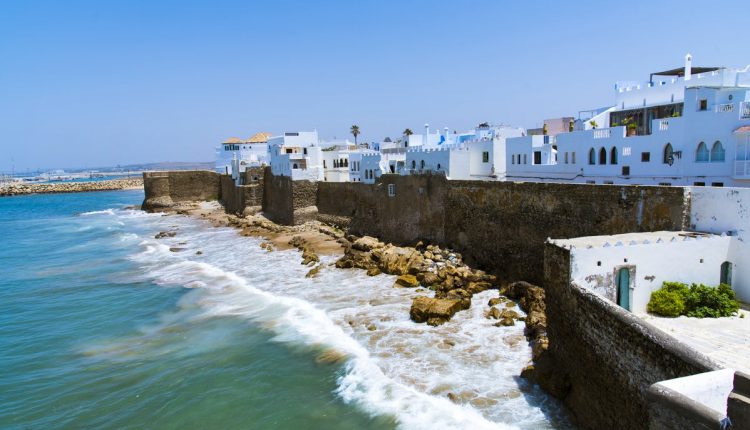
South to Tangier, Asilah is a Moroccan town located on the Atlantic coast that is well-known for being an established cultural hub. Street art, murals, and graffiti are defining features of the streets of Asilah. The city, which dates back to 1,500 B.C., has changed hands between Berbers, Romans, Spaniards, and Arabs, making it a center of a number of differing cultures.
Carthage, Tunisia
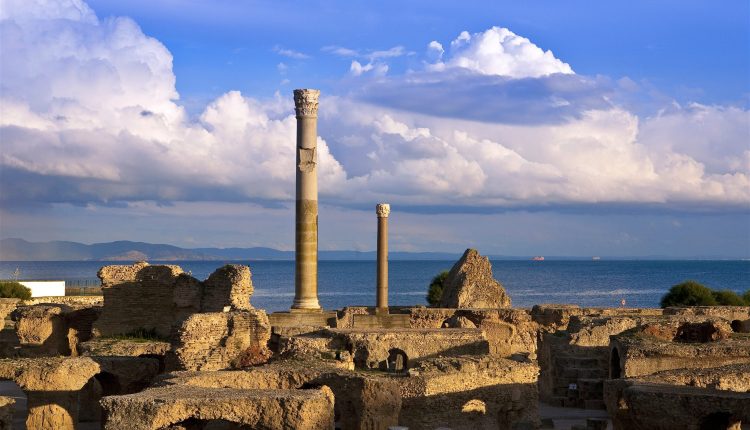
Over two millennia ago, the ancient city of Carthage was the most influential civilization center in the Mediterranian. Considered to be the capital of the far-reaching Punic Empire, Carthage was one of the superpowers of the Old World. Today, its ruins stand as a beautiful mark engraved in the Tunisian identity.


